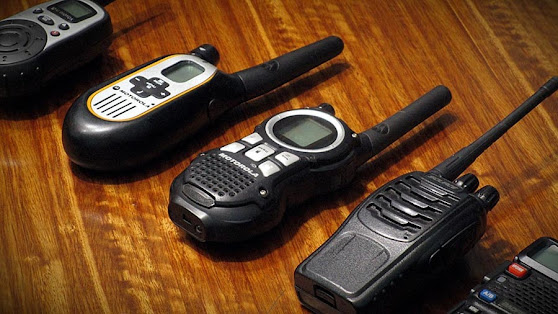Walkie-talky hacking

Walkie-talky hacking refers to the unauthorized access or manipulation of walkie-talky communication systems. Walkie-talkies are portable, handheld devices used for short-range wireless communication, typically in situations where immediate and constant communication is necessary, such as in security teams, construction sites, or outdoor activities. Hacking a walkie-talky system can involve various activities aimed at compromising its security or gaining unauthorized control over the communication channel. Some examples of walkie-talky hacking techniques include: Unauthorized Access: Walkie-talky systems may have default or weak encryption settings. Attackers can exploit these vulnerabilities to gain unauthorized access to the communication system, enabling them to disrupt communications, impersonate users, or inject false information. Eavesdropping: An attacker may intercept and listen to the conversations transmitted over a walkie-talky system. This can be done by using specialized



